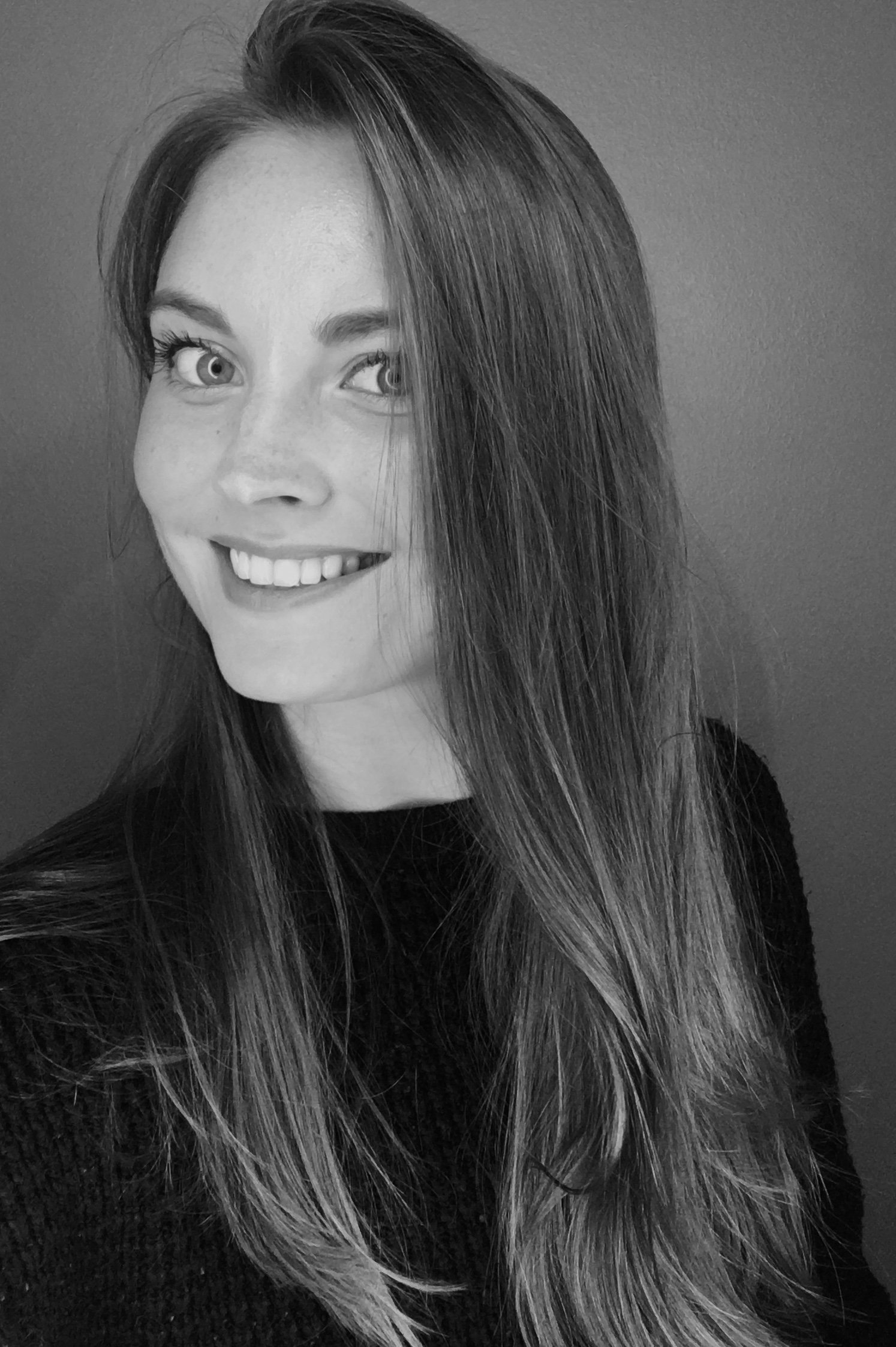The Practice of Mindfulness
There has never been a more important time to practice.
By Laura Jennings
With endless digital distractions and an era that idealises ‘being busy’, mindfulness is the antidote to our over stimulated world. We’ve invited Laura Jennings, who has a Masters in Nutrition, to explain exactly what mindfulness is and how just 5-10 minutes can take you from “mind full” to “mindful”.
***
What is mindfulness?
Mindfulness originated from Buddhist philosophy and can be dated back to 2500 years ago. Dr. Jon Kabat-Zin was the first to introduce the concept of mindfulness to the Western world in the 1970s, which took the form of an eight-week Mindfulness based stress reduction (MBSR) program to lower stress and anxiety. Mindfulness encompasses two key elements; the first is the regulation of attention in order to experience and remain in the present moment and the second is an acceptance and non-judgment to whatever thoughts, feelings, experiences arise in that present moment. More recently, psychologist Dr Julie Smith, coined mindfulness:
“The practice of being able to choose which thoughts you are going to pay attention to and which ones you are going to let pass”.
You will likely be surprised at just how full your mind is. Being drawn to your phone, scrolling through social media and thinking about the future all keep us away from being mindful. Remaining in the present moment is one of the hardest tasks for people today.
Luckily, you don’t need to spend a full day in meditation or to sit cross-legged in a quiet spot. Just 5-10 minutes of applying mindfulness practices to your daily life will help unclutter the mind and take you from ‘Mind Full’ to ‘Mindful’.
How to practice mindfulness
1. Observe the present moment – Pay attention and notice thoughts, feelings, and sounds that arise. This doesn’t have to be done in a formal mindfulness practice; for instance, you could be on a run and focus on paying attention to the sound of your feet hitting the gravel.
2. Detachment – Note what you are experiencing but remain separate from your thoughts by refusing to assign positive or negative labels to whatever arises.
3. Acceptance – Accept what thoughts and feelings arise. Refrain from judgment if the mind wonders and offer yourself compassion as you return to the present moment.
4. Repeat – As you repeat these three steps you will reap the benefits of calmness and meet any situation with non-reactivity.
Mindfulness Exercises you can do in five minutes
Seated Mindfulness Meditation:
Find a comfortable seated position in a chair or on the floor
Place the palm of your hands in your lap or in anyway that feels comfortable and close down the eyes
Focus on the breath by making the exhale longer than the inhale. Inhale to a count of 4 and exhale to a count of 6.
After 10 cycles of breath open your eyes and resume daily activities
Walking or Running Mindfulness:
As you begin walking or running pay attention to each step
Notice how many steps or strides your are taking in an inhale or exhale
Listen to the sound of your feet hitting the pavement
Observe your surroundings and pay close attention to flowers, trees, people as your pass that you may have otherwise overlooked whilst deep in thought
Mindful Washing Up:
Pay attention to the actions it takes to fill the sink, turn on the tap and put in soap
Feel the temperature of the water on your skin
Switch the water to cold and then back to warmer water
Keep your attention on the sensation of the water and the actions of washing up. If your thoughts wonder gently bring them back to the sensations
As with all practices it might be beneficial to work with a Mindfulness teacher as you begin your practice to address any questions that may arise. Practicing mindfulness in a group might also help you to stay motivated and foster a greater sense of calmness as your share the benefits of the practice.
ABOUT THE AUTHOR:
After five years working in the corporate world in luxury fashion and technology, Laura trained as a yoga teacher and joined the team at My Method, curating exciting and diverse wellbeing programmes for private clients and corporates.
Laura has a passion for holistic wellbeing and nutrition and has joined the Be Well team to support with content creation, workshop development and more. She is progressing in the world of health and wellness and has recently completed a Masters in Nutrition at King's College London.


